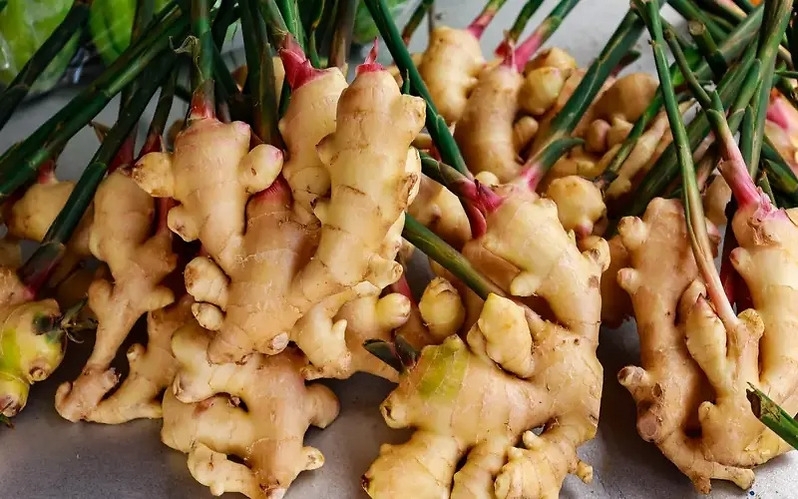Ginger of Bundelkhand on Way to get GI Tag

Nursery Today Desk
New Delhi: GI (Geographical Indication) Tagging of any crop or agricultural produce certifies its international identity. This helps the farmers to get benefit of better pricing for their agricultural produce. The governments are sincerely working towards giving GI tags to their distinct regional produces. In this process, ginger of Barua Sagar, Uttar Pradesh is being emphasised for getting GI Tag.
Ginger is one of the essential ingredients in Indian cooking to enhance its flavours and is popularly used in tea in India. Ginger of Baruasagar in Bundelkhand is especially in demand in the country and outside. The ginger here is grown in red soil which produces good quality and quantity of ginger. It is also more flavourful because here farmers generally do not use chemical fertilizers but opt for organic farming. In view of its high demand, a proposal has been sent to the government by NABARD to get GI tag.
Black salt, paddy of Siddharthnagar, guava of Kaushambi and mango of Malihabad have already been included in the GI tag. The GI Tag in Uttar Pradesh now includes a wide range of items. Such as: Boro Paddy from Ballia, Desi Arhar Dal from Bundelkhand, Brinjal from Mau, Petha from Agra made from white pumpkin, Peda from Mathura, Gujiya from Kalpi, Laddu from Sandila, and Wood from Saharanpur. This list includes unique items including Craft, Moradabad kitchenware, Aligarh locks, and Khurja scrapers.
Additionally, it is said that betel leaf is grown in Mahoba, citrus fruits are extensively grown in Jhansi district, and desi Arhar is grown in the soil of Banda district. Farmers in the Barua Sagar region also grow other vegetables in significant quantities, such as ginger, turmeric, and colocasia.


